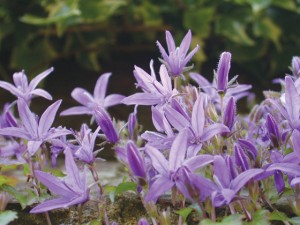10 Drought Tolerant Plants
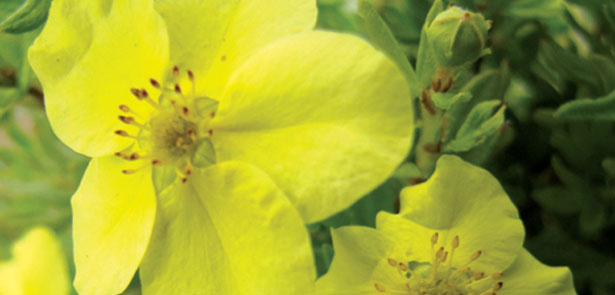
Drought-tolerant plants don’t mean threadbare specimens! Once fully established these hardy perennials shouldn’t need any further watering
Common Rockrose
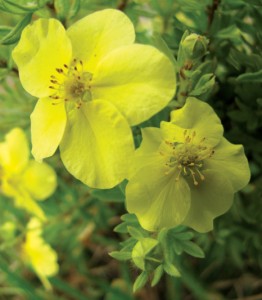
Common Rockrose: This evergreen trailing plant produces masses of flowers throughout the summer. The saucer-shaped flowers are at home in a rockery and are available in a range of colours,
including yellow. Latin name: Helianthemum nummularium
Pic Credit : Phil Sellens
Sedum
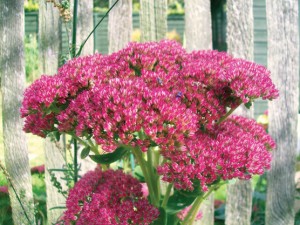
Sedum: The leaves of this member of the stonecrop family are fleshy, almost rubber-like. It flowers in late summer, forming incredible pink to red blooms that attract butterflies. Latin name: Sedum telephium atropurpureum/ S. specatbile
Pic Credit : anemoneprojectors
Bloody Cranesbill
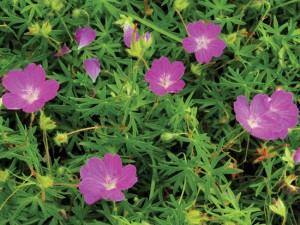
Bloody cranesbill: So called because its finely cut foliage turns crimson in autumn. Its flowers come in all shades of pink, making this a truly stunning little perennial. It copes well with light shade. Latin name: Geranium sanguineum
Pic Credit: Roberto Verzo
Crimson Scabious
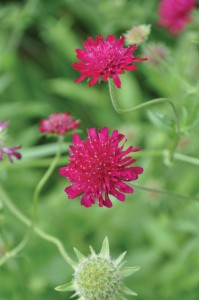
Crimson scabious: The striking, deep-crimson pompom flowers of scabious are produced over a long season, making this well worth growing. Allow the seed heads to develop – they are eye-catching and birds love them. Latin name: Knautia macedonica
Pic Credit: douneika
Mugwort
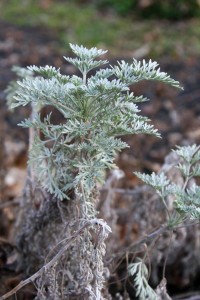
Mugwort: The variety ‘Powis Castle’ is the one to look out for. Its filigree silver foliage reaches about 90cm high. It is the ideal foil for many flowering perennials, including scabious and geraniums.
Latin name: Aremisia ‘Powis Castle’
Pic credit: annthelibrarian
Coneflower
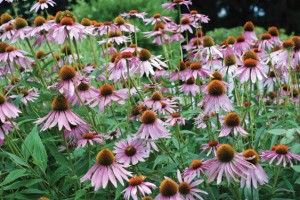
Coneflower: There’s no mistaking the confident daisy-like coneflower, which is also well-known by its Latin name of Echinacea. As a prairie plant it will draw in beneficial and pollinating insects from far and wide. Latin name: Echinacea purpurea
Pic Credit: BarefootGardener
Sea Holly
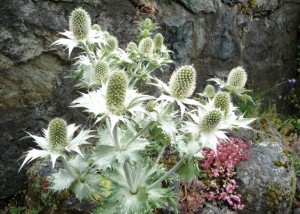
Sea holly: Spiny sea holly is the ultimate in drought-tolerant, hailing from free-draining sandy beach margins. Its silvery, thistle-like blooms are real beauties, but watch out for the prickle-sharp foliage! Latin name: Eryngium spp.
Pic Credit Oggie Dog
Lamb’s Ear
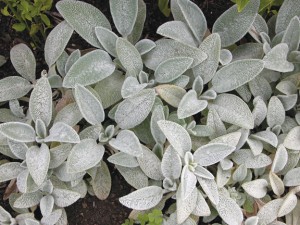
Lamb’s ear: You won’t be able to walk past the appropriately-named lamb’s ear without reaching out to give the soft, furry leaves a stroke! Use lamb’s ear as a close-knitting edging plant at the edge of a border. Latin name: Stachys byzantina
Pic Credit: Carl E Lewis
Scotch Thistle
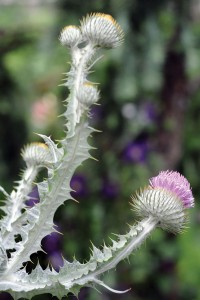
Scotch thistle: Create the wow factor with this dramatic, skywards-thrusting silvery thistle. The large, pink thistle blooms are great for wildlife. It can grow up to 3m tall and will self-seed. A good choice for gravel gardens. Latin name: Onopordum acanthium
Pic Credit: dginvt



